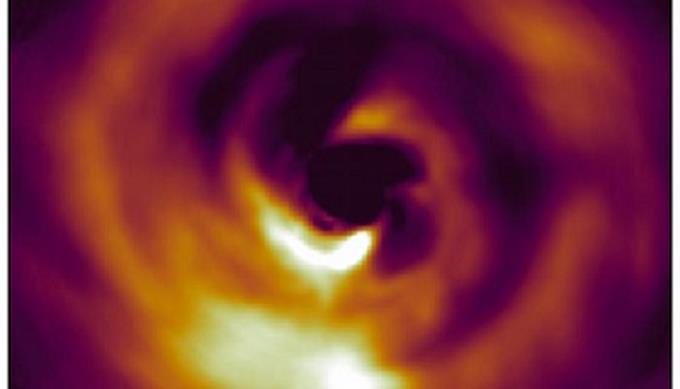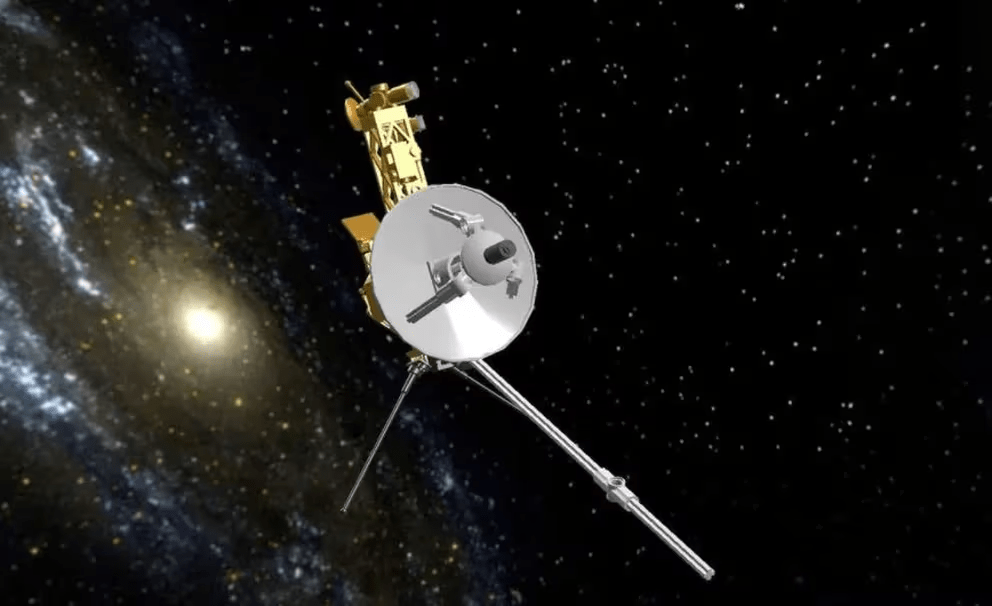An international team of researchers has discovered a new planet that has not yet emerged from the “uterus” of the material from which it forms; It is the youngest protoplanet ever discovered.
This Jupiter-like asteroid – AB Aurigae b – is formed at a great distance from its star (equal to 93 times the average distance between Earth and our Sun); Its description has been published in the journal Natural Astronomy.
According to scientists, its location and the shapes of the material around it suggest that an alternative method for planetary formation could work.
In particular, the standard model used to illustrate Jupiter’s formation supports the notion that giant planets can form by the collapse of large gaseous particles due to the instability of gravity: the accumulation of the nucleus.
In the standard model of planetary formation, a large gaseous Jupiter-like planet begins as a rock center on a protoplanetary disk orbiting a young star.
This center accumulates gas from the disk and becomes a giant planet.
Although this model works well for planets in the solar system, there is a problem in interpreting extrasolar planets orbiting other stars that are farther away than the orbit of the solar system’s outer planet Neptune.
Jupiter and Saturn, the gas giant planets of the solar system, orbit at a distance of 5 to 10 astronomical units (au) from the Sun, with an au being the average distance between the Earth and the Sun.
However, a small minority of giant exoplanets have been photographed 50 to 200 AU away from their stars. It is recommended that these exoplanets be formed by a process known as disk or gravity instability.
Researchers have observed the formation of the AB Aurigae b using the Subaru telescope and the Hubble Space Telescope in Japan.
The team estimates that its mass is nine times greater than that of Jupiter and suggests that many planets may orbit the host star.
“This study sheds new light on our understanding of the different ways in which planets form,” says Thein Curie, the paper’s editor-in-chief.



:quality(85)/cloudfront-us-east-1.images.arcpublishing.com/infobae/5W6S43NZDZED5EQX7RTQX4YJTA.jpg)

